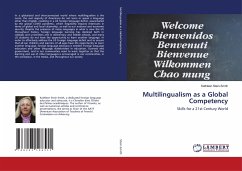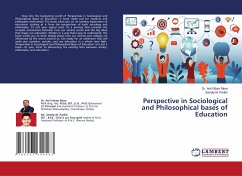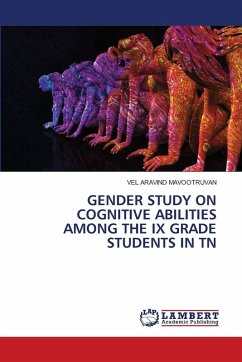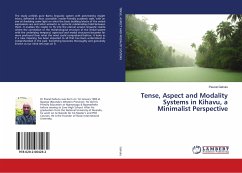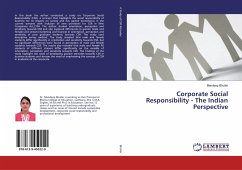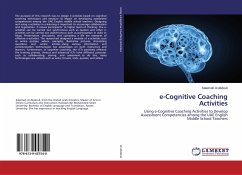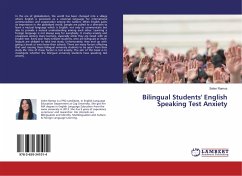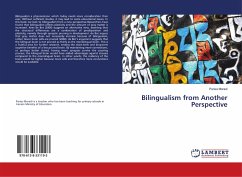
Bilingualism from Another Perspective
Versandkostenfrei!
Versandfertig in 6-10 Tagen
24,99 €
inkl. MwSt.

PAYBACK Punkte
12 °P sammeln!
Bilingualism a phenomenon which today needs more consideration than ever. Without sufficient studies, it may lead to some educational issues. In this book we look to bilingualism from a new perspective.Researchers have found that bilingualism affects plasticity and the amount of gray matter is increased. Kees de Bot (2006) suggests an alternative view, asserting that the structural differences are a combination of predisposition and plasticity, namely through synaptic pruning in development. de Bot argues that gray matter does not necessarily increase because of bilingualism, rather fewer brai...
Bilingualism a phenomenon which today needs more consideration than ever. Without sufficient studies, it may lead to some educational issues. In this book we look to bilingualism from a new perspective.Researchers have found that bilingualism affects plasticity and the amount of gray matter is increased. Kees de Bot (2006) suggests an alternative view, asserting that the structural differences are a combination of predisposition and plasticity, namely through synaptic pruning in development. de Bot argues that gray matter does not necessarily increase because of bilingualism, rather fewer brain cells are pruned (2006). de Bot's argument suggests that the bilingual brain is not pruned as thinly as the monolingual brain. This is a fruitful area for further research, testing the short-term and long-term cognitive benefits of a less pruned brain. By maintaining more connections, or perhaps better stated, having more synapses survive the pruning process, the bilingual brain would haveadded advantages against stresses compared to the monolingual brain. In other words, the resiliency of the brain would be higher because more cells and therefore more connections would be available.



